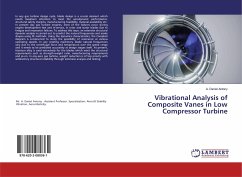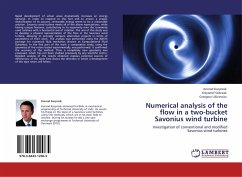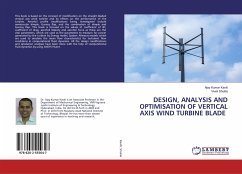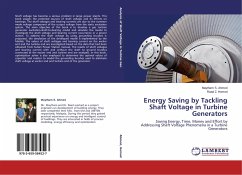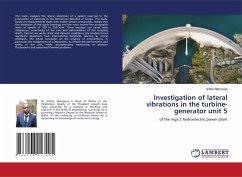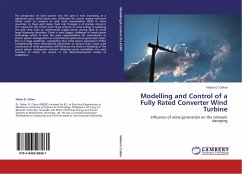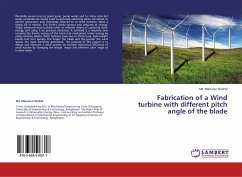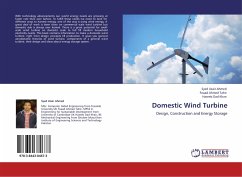In any gas turbine design cycle, blade design is a crucial element which needs maximum attention to meet the aerodynamic performance, structural safety margins, manufacturing feasibility, material availability etc. In present day gas turbine engines, most of the failures occur during engine development test and in-service, in rotor and stator blades due to fatigue and resonance failures. To address this issue, an extensive structural dynamic analysis is carried out to predict the natural frequencies and mode shapes using FE methods. Using the dynamics characteristics, the Campbell diagram is constructed to study the possibility of resonance at various operating speeds. In any rotating machinery, blade natural frequencies vary due to the centrifugal force and temperature over the speed range and it needs to be predicted accurately at design stages itself. At present, titanium alloy is used extensively for the blades which meet the structural requirements such as strength-weight ratio, manufacturing requirements and so on. In any aero gas turbine, weight reduction is of top priority with satisfactory structural reliability through extensive analysis and testing.
Bitte wählen Sie Ihr Anliegen aus.
Rechnungen
Retourenschein anfordern
Bestellstatus
Storno

